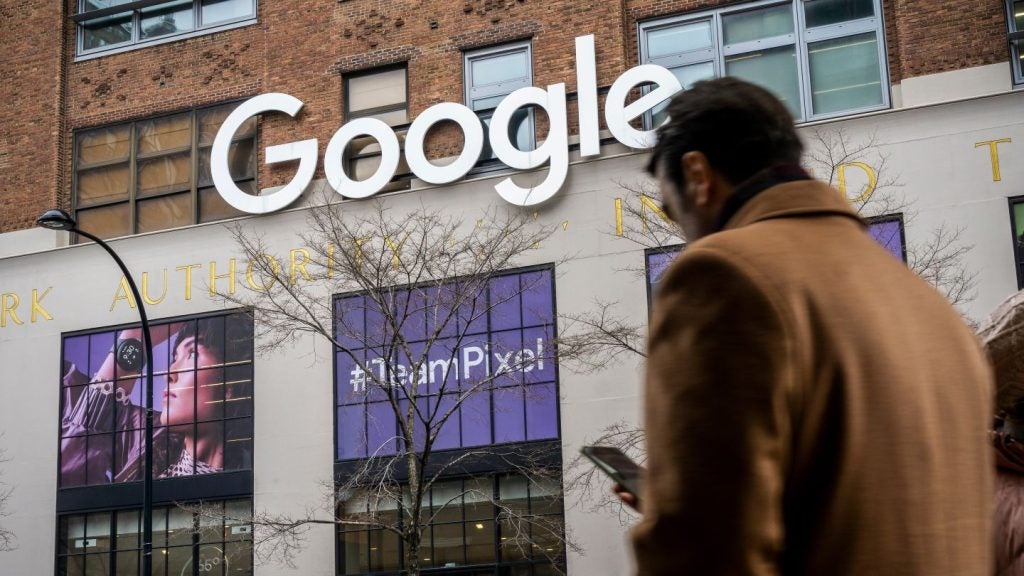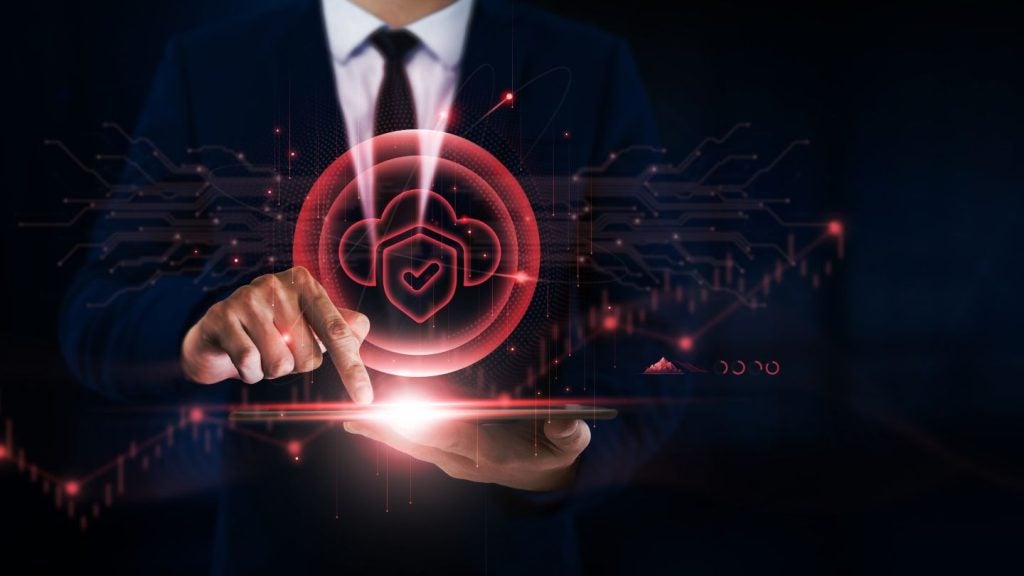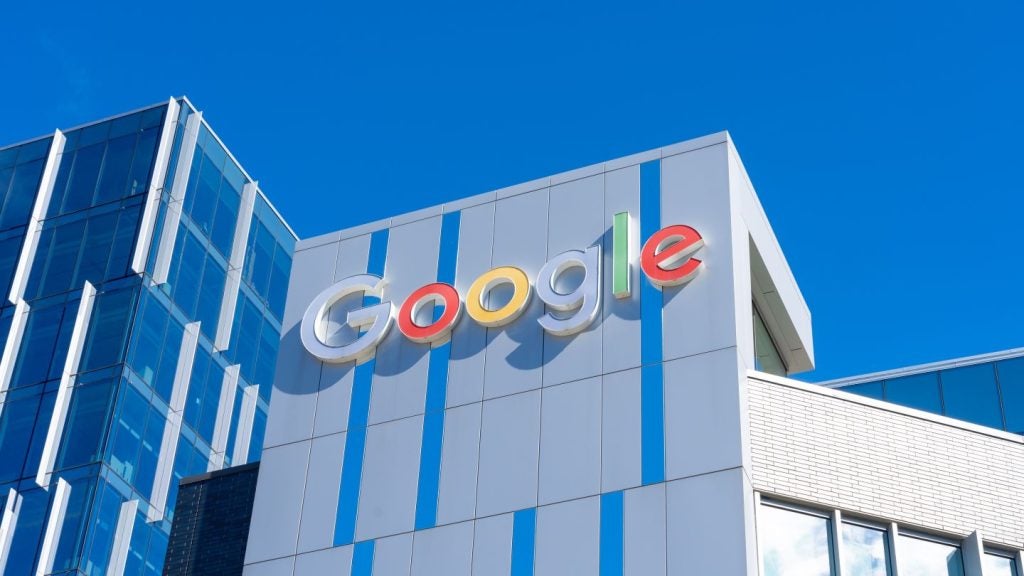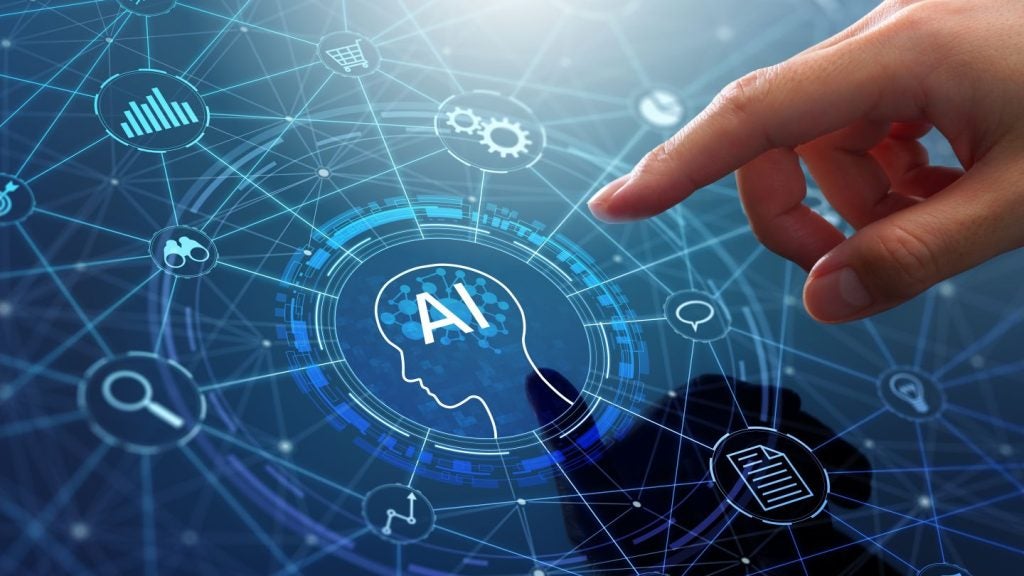
2018 has been an exciting year, with big development in how companies are using data and technology to transform customer experience.
However, it is also clear that much of what we have seen this year is merely a starting point, and I believe the following trends are going to get much, much bigger in 2019:
#1: Growth of predictive commerce
Amazon introduced many of us to predictive commerce almost 20 year ago with its “If you buy this book, you will also like this one” recommendations, and we have now come to almost expect it when we shop anywhere online.
In the next few years, however, predictive commerce will move to the next level and start to automate a large number of our day-to-day purchases. The moment when your printer and your washing machine are connected to your Amazon Prime subscription, they can start to order the ink or detergent they need automatically before you realise you’re running low. Algorithms will help us buy the right products, at the right time and at the right price – pretty soon, machines will know us better than we know ourselves.
#2: ‘Human’ and ‘Local’ fight back
Today, most businesses have recognised that digital platforms have become crucial when it comes to winning and retaining customers. Technology has created a level of convenience and scalability for customers that we have never experienced before.
Perhaps counterintuitively, however, the rise of digital means we will also make the ‘human’ and ‘local’ factors more important. Smaller, locally-focused companies can hold a competitive advantage that large tech companies simply cannot, as they do not know the local communities or build a real human connections with customers in the same way. they operate in as well.
#3: Digital platforms in offline locations
The lines between online and offline worlds are blurring. Many of the things we used to do offline using a pen, paper and memory are being digitised, automated and taken online to make processes more efficient for everyone. At the same time, many offline experiences are staying offline, but becoming more “online-like”.
Amazon’s cashier-free stores, Amazon Go, are a great example, and we are also seeing more automated hotel check-ins. In China, Alibaba’s Hema stores are going crazy – these are stores that, paradoxically, don’t have a many customers in them. They’re mostly filled with staff fulfilling orders, which makes them a kind of hybrid store and fulfillment center in one.
Until now, most of the digital offline tools have really been pretty cool gimmicks, but haven’t really changed the essence of the model. The new wave of offline digital platforms, however, will change the core of the customer relationship.
#4: Voice becomes a filter
Voice is becoming the new “everywhere-on” filter that is affecting brands all around the world. According to Business Insider, 54% of American households now have an Amazon Echo device, and “voice” is becoming a signifcant part of the way in which these people search for information and products.
Voice cuts out the need for customers to trawl through dozens of pages of search engine results to find what they want, which is an undeniable improvement for the customer experience. However, it also means that Amazon gets to determine what gets offered to the customer, so a lot of brands will now be competing for exposure. In the same way that Facebook became the biggest information filter in the world, Amazon is doing this for products.
#5: The Rise of B2M
The phrases “B2C” and “B2B” are well known in business today, but now you should get ready for B2M.
We’ve all got used to algorithms making recommendations for us, but that is set to go to the next level when algorithms start actually buying things for us. This will necessitate companies starting to figure out how to market not just to you the customer, but to the algorithms that “represent” customers in the digital world.
For example, once you have a “smart washing machine” linked to your Amazon account, it can monitor how much detergent you’ve used and order more before you run out. And that’s where B2M marketing will come in – which brand will it buy? Once it learns your preferences, it will sort through the “digital coupons” and B2M marketing to figure it out. Marketing to machines will become a whole new discipline in the marketing world.







